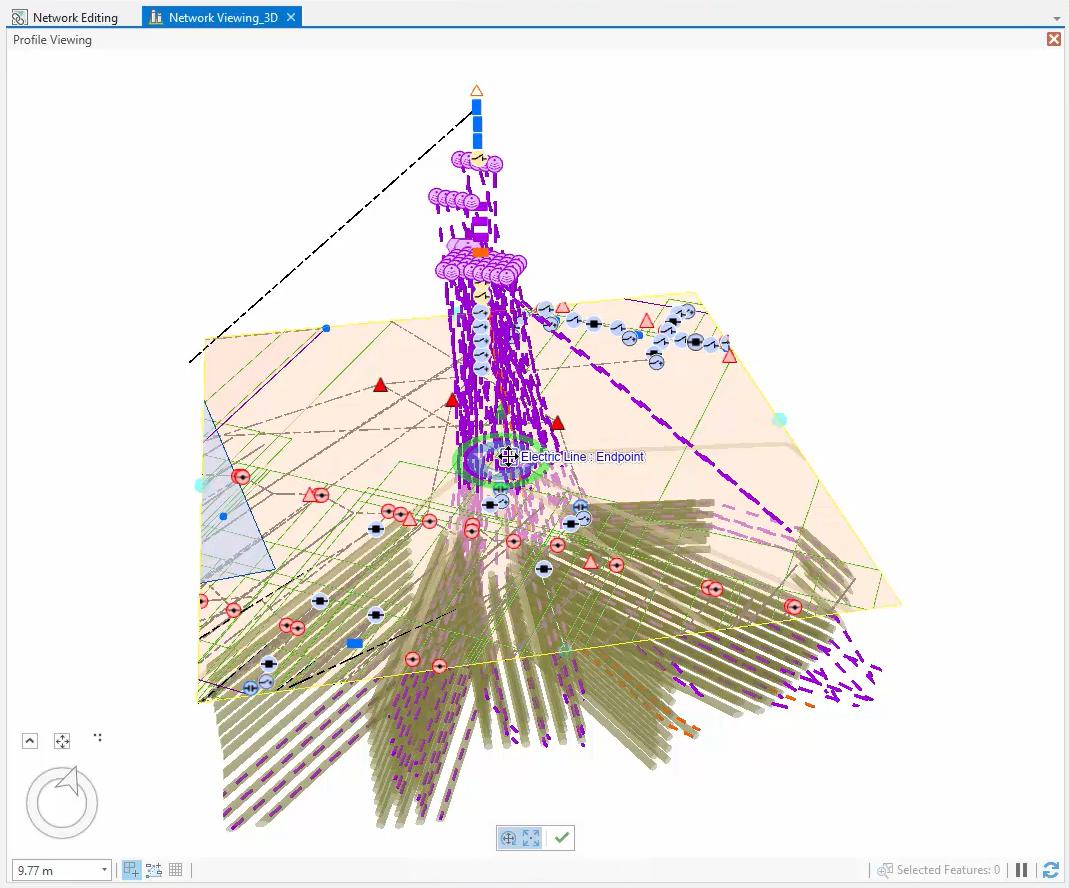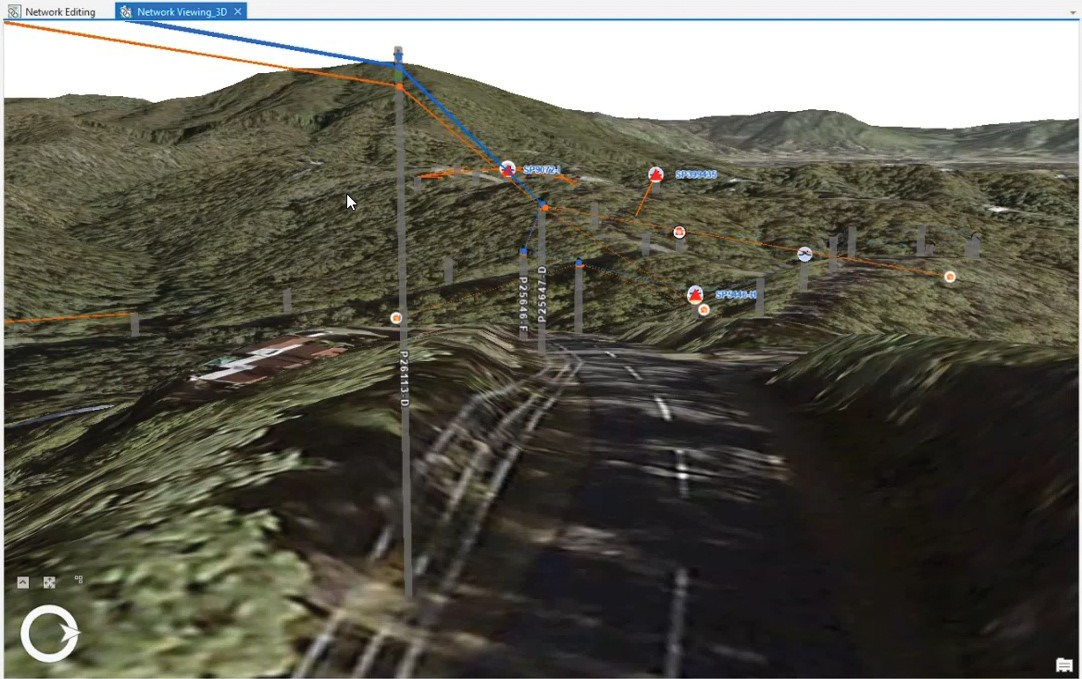Energy Queensland, owner of Australia’s largest electricity distribution network showcases their award-winning Unified GIS (UGIS) project to an estimated global audience of 70,000 spatial industry professionals at the opening of the 42nd annual Esri User Conference.
The ambitious project, which leverages Esri’s revolutionary Utility Network Model, successfully amalgamated the Geographic Information Systems (GIS) of energy providers Ergon and Energex – effectively harmonising workflows across the enterprise on an unprecedented scale.
The pioneering work undertaken by Energy Queensland’s UGIS team and Esri Australia, has laid the groundwork for other Australian utilities – motivated to address the long-term stability of their networks – to follow suit.
Energy Queensland’s implementation of Esri’s Utility Network Model has been viewed by many within the industry as a decisive effort to digitally transform and subsequently future proof the utility’s operations.
Furthermore, efforts of the UGIS team to place real-time asset data at the fingertips of those responsible for keeping the network up-and-running, has greatly fortified Energy Queensland’s operations – a reassuring message for the utility’s 2.3 million customers who have faced season after season of catastrophic natural disasters.

Energy Queensland Executive General Manager for Digital, Marianne Vosloo says the UGIS project reflects the organisation’s preparedness to take action to stay ahead of the challenges impacting Australia’s energy sector.
“With a network comprising more than 178,000 kilometres of overhead lines, 33 standalone power stations and 1.7 million power poles, we have no option but to prioritise network resilience,” said Ms Vosloo.
“More broadly, it’s important for utilities to act to modernise their operations by investing in technologies that enable us – as a sector – to keep the lights on today, while supporting a sustainable transition to renewables.”

GIS Delivery Executive Shannon Connolly said the effectiveness of our operation relies heavily on the quality and availability of critical network information.
“A unified GIS has fundamentally transformed our business – ensuring objectives, insights and efforts are aligned across the entire enterprise,” said Mr Connolly.
“Whether it’s a team planning for the 2032 Brisbane Olympic Games or a fieldworker repairing downed powerlines after a cyclone in Cairns, everyone in the organisation can access the same secure data to quickly and effectively complete the task at hand.”
“We’ve successfully overhauled our network management workflows through increased data visibility and information sharing with our field and operations teams resulting in the ability to improve maintenance request and response times,” said Mr Connolly.

Esri Australia Group Managing Director Brett Bundock said globally, all eyes have been on Energy Queensland’s role out of the Esri Utility Network Model.
“Growing demand, aging networks, energy storage challenges, and extreme weather events are universal problems for the sector – as is the prevalence of underperforming legacy systems underpinning a large number of utilities’ operations,” said Mr Bundock.
“With the ink dry on the blueprint for a successful roll out of the Esri Utility Network Model, utilities – both big and small – can now walk confidently in Energy Queensland’s footsteps.”
In addition to presenting at the Esri User Conference, Energy Queensland were recognised with a Special Achievement in GIS Award from Esri Founder and President Jack Dangermond – who praised the efforts of the UGIS team for setting a new benchmark for the global utilities sector, in their successful delivery of one of the biggest and most complex GIS projects in the world.
For more information on Energy Queensland's world-leading implementation of the Esri Utility Network Model, read the case study here.
